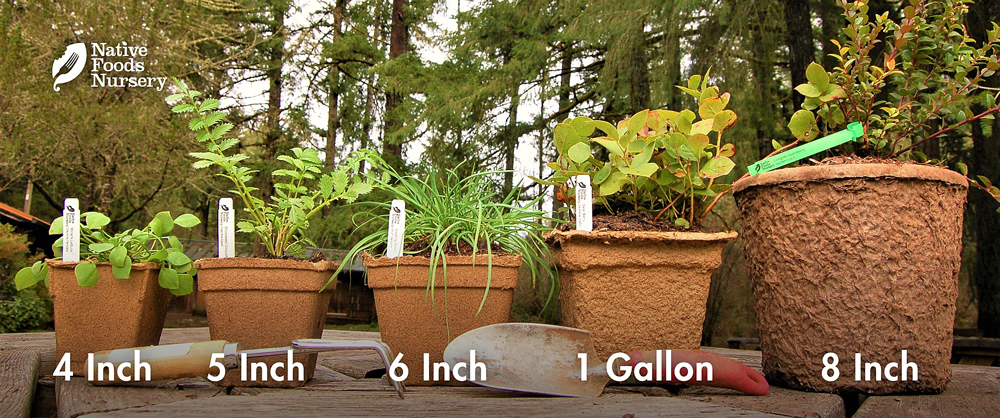Springbank Clover is a sprawling evergreen groundcover, native to the Western United States.
Edible Uses
Many clovers are edible, but this particular perennial species is known for its nutritious and tender white rhizomes, which resemble and taste similar to Chinese bean sprouts. In addition, this native food's beautiful trifoliate leaves and pink flowers can also be eaten raw or cooked. Enjoy the bounty!
Ornamental Qualities
Springbank Clover has pink, red or purple tufted flowers and uniquely-pointed trifoliate leaves. It makes an attractive native groundcover for the home landscape. The vigorous plants quickly fill empty landscape spaces with evergreen leaves and bright spring color.
Environment and Culture
Springbank Clover is found naturally in open meadows, sunny streambanks, and coastal sand dunes through the West. This amazing plant can also “fix nitrogen”, meaning it actually increases fertility of the soil for itself and surrounding plants, making it very useful in gardens and ecological restoration! In addition, its vigorous perennial rhizomes prevent soil erosion and feed wildlife, its mat-forming habit retains soil moisture, and its flowers attract beneficial pollinators.
Northwest Native American tribes today still value this special plant as food, medicine, and family. Despite great cultural losses, they continue to work towards stewarding and restoring wild populations, both strengthening the integrity of the ecology and sustaining their cultural heritage and wisdom. These strong and recovering peoples and plants deserve our respect, gratitude, and reparations. (Learn more & how to help on our Charitable Giving page.)
Harvest, Care, and Preparation
Springbank clover rhizomes proliferate in loose soils with enough moisture and nutrient. While they can be harvested anytime of year, Fall harvest is the easiest on the plant. To harvest, loosen the soil with a fork from the edges of a patch and gently lift the plant from the soil (if a patch is overgrown, this is a great way to prune it back!).
Separate roots from greens, clean and untangle, replants unusable rhizomes, and use in meals like a bean sprout - they can be eaten fresh, cooked, or even dried for future use. The youngest and whitest rhizomes are most tender; older ones are best slow-cooked to soften and sweeten. Steam, lightly sautee, or parboil; add to other wild vegetables and serve. Stay tuned for more recipes from our Blog.
Native Range: Western States
USDA zones: 4-8
Ease of Care: Very Easy
Deer Resistance: High, once established
Light Requirements: Full Sun, tolerant of light shade
Soil Type: Prefers sandy, well-drained
Water Requirements: Moist-Wet
Pollination: Self-Fertile
Bearing Age: 1st Year
Size at Maturity: 4-6"
Bloom Time: Spring/Summer
Harvest Time: Any time, Fall is best
Pot Sizing Guide
